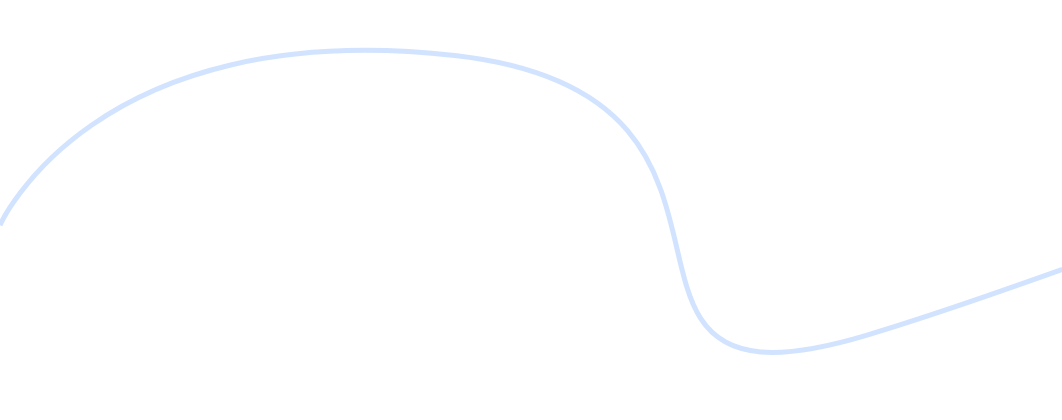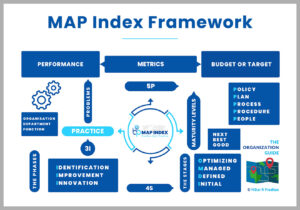Design Thinking is a human centered and collaborative approach to problem solving, using a designed mindsets to solve complex problems — Tim Brown
The idea of “design thinking” as a way of thinking in science is dealt in the book “The Science of the Artificial” by Herbert A Simon, similarly the book by Bryan Lawson “How Designer Thinks” addresses architectural design and initiates the process towards generalizing the concept of design thinking. Subsequently, the book “Design Thinking” by Peter Rowe describes the methods and approaches employed by architects. But it was David M Kelly who adapted “Design Thinking” for solving business problems; thereafter “Design Thinking” has expanded its wider scope of engagement in various spheres of our life.
In today’s fast changing world, Innovation has become the de facto standard operating procedure. It is about the state of basic survival not about achieving breakthrough success in organizations through innovation. Businesses are changing, so are organizations and so has to be the case with innovation.
The DNA of innovation is changing…
There is a disruption in innovation itself…
The conventional practices of innovation are no more able to compete in the high pitched high powered competitive market landscape. Though there is an inherent dichotomy in putting convention and innovation in the same sentence. But real disruptions happen in juxtaposing such dichotomies and disconnects. We have to get the right connections and we have to get the contrasts in context. Disruption is about pushing the conventional boundaries and breaking the barriers. “Disruptive Innovation” is possible out of disruptive thinking, thinking logically and thinking creatively are just not enough to be a disruptive thinker.
Scientists have thought logically and artists have been thinking creatively and there are cases where it has converged but these are few and far between. And the coveted space left unaddressed by both scientists and artists is being addressed by designers.
Design Thinking is different from the scientific thinking though both use data to derive the desired solution but adopt a different approach. Hence we come to the moot question of how designers think and how different it is from a thinking of a scientist.
According to an empirical study by Bryan Lawson; scientist solve problem by analysis whereas designer solve problem by synthesis.
There are arguments stating that design thinking uses both “analysis and synthesis”, and there will be others having further counter arguments. Design Thinking is a form of divergent thinking where multiple solutions are thoughts as against the convergent thinking in scientific methods where our thoughts work towards narrowing down to the possible solution. In analytical mode of thinking we have set boundaries and we follow a standard framework in solving a problem whereas in design thinking we break those barriers and not follow any prescribed approach to obtain a solution.
“Scientists rely on evidences.”
“Designers rely on instincts.”
There has to be a “disruption in thinking” to embark on any journey of disruptive innovation and applying those innovative practices into solving business cases. As a thinker we have to keep wearing new hats and the hat of a designer is something that reframe our pace and space of thinking. Designers solve complex problem by visualizing and conceptualizing the nuances and contours of the problem from altogether different lens. The designer playing the role of a photographer… The lenses designer’s use has a heavy concoction of imagination, intuition, insights and inspirations. It cannot be light. It cannot be an existing lens. It cannot be about the change in angle or focus in light. It has to be a new lens not available in their repository.
Essentially, it has to be a depth of engagement at the level of human operating system. The belief systems, the core values, the critical assumptions, the defined boundaries, the references and the rules being used by the mind…these components of the human thinking operating system has to be changed or has to be replaced with a newer set of “advanced technology” of thinking.
This may be intrinsically intriguing.
This may sound bit bizarre or uncharacteristically crazy.
But it has to be weird to be able to operate at that zone for becoming a disruptive thinker and designers are always pushed to work in that rarefied zone. It is esoteric. It is about reframing and moving out of the frame and then thinking about the frame from the outside to create a new frame. Not just about out of box thinking. It is not about putting the piece of art into the frame and elevating the outlook of the piece of art. The designer playing the role of a painter… It is about creating a new piece of art that is not in the horizon of the frame. Taking the thinking beyond the boundaries of conventional thinking, breaking the barriers and making a difference in the way we see at things, the way we choose words and construct sentences, the way we observe and absorb things around us. The input has to change to produce different output.
- It has to be a tectonic shift.
- It has to be shattering.
- It has to be a disruption.
It is about constructing a new outlook on the problem or looking beyond the conventional possibilities. It is about shifting the gears from looking merely at solutions for the problem on hand to surfing the unknown space to discovering uncharted places for newer possibilities as the problem has unboxed opportunities. It is not a challenge. Not just looking at an economical dimension to the solution but also at a social dimension to the problem.
How to tangentially look at new set of genres to compose and newer set of grounds to play?
THINKING cannot rest in the comfort of logic and contours of creativity. It is then undermining its inherent true potential…
The narrative on thinking has to undergo a definitive transformation. Design thinking is about that transformation in the fundamentals and the very foundation of thinking of individuals and organization. It is about building a new landscape for the people of the organizations to think and act. The thinking or the working of thinking cannot be limited to the halls of research and development for scientific thinking or to the walls of boardroom for the strategic thinking. This very boundary of art and science of management or barriers imposed on the wings of thinking has to be unshackled and unraveled.
Design Thinking is about unraveling of that convention about routine or radical thinking.
Design Thinking just doesn’t change the content of a subject but it changes the very context of subjugating the content into new perspective.
- There cannot be qualifiers.
- There cannot be caveats.
- This cannot be tangible.
- This has to be intangible.
- This cannot be explicit.
- This has to be tacit.
There are multiple disciplines in organization. There are multiple points of views in and outside the organization. There are different expectations and aspirations of customers the organization is serving. There are different designs to the product and services being offered by the organization.
How to put these diverse disciplines and different interactions into a cohesive and collaborative platform for cross-pollination of ideas to germinate newer gamut of ideas?
There is a nuanced interplay between these aspects and facets of a changing and growing organization. If the business in organization has to shift the gear of growth, then the organization has to heighten this lower level of engagement in a more orchestrated manner for business innovation where there is space created for disruption for disruptive thinking to be in play.
“Thinking like a designer can fundamentally transform the schema of visualizing business organizations.”
Design is the action of creating something new and bringing intangibles into existence. In conventional terms design is perceived more about the look of the product or the package of the service but design goes much beyond the surface and it is about the outlook not merely about the look. Design is much for about how smoothly it works and how cost effective when it is in operation.
The designing a new way of thinking or the designer thinking is all-pervasive and can be applied to whole lot of things from how we engage with our customers to how we deal with our employees to how we formulate our policies to how we operate our procedures to how we define our structures to how we manage our systems. It is not limited to the contours of products and services but it goes to the core of an organization why it exists and how it operates. The operating system of the organization can be changed through the methodology of applying the principles of design thinking.
Design Thinking is beyond the realms of routine set of observation and standards set of discovery, it is going beyond the defined boundaries and breaking the barriers of thinking.
Design Thinking is a method of creative resolution complex problems and creation of practical solutions. It is primarily solution-focused thinking as against a problem-focused thinking where the problem itself gets redefined based on the possibilities of emerging solutions.
Design Thinking cannot be treated like a commodity but as a brand. There needs to be exclusivity in its usage. The purpose of design thinking should not be used on a routine basis on simple problems to expect profound solutions but to prudently apply to complex problems to obtain simpler solutions.
The fundamental aspect of “design thinking” is not about learning the skills of a designer but learning how a designer thinks.
It is about exploring the unknown, experimenting with the known and it is going the distance not attempted earlier. It is about critically looking at the unmet needs, unsolved problems and articulating those needs and conceptualizing the problems to design a new lens or a new canvas to capture those hidden moments and bring those moments to light and life. Design
Thinking is not going on a track of linear thinking but it is about traversing into a channel of multi-linear thinking. Shifting gears to the gear box is at the heart of engineering, this very mechanics is at the bedrock of design thinking. There are thinkers and there are thinkers who think like designers. The designers have drafted their own design space to think wide and think wild and between these extreme spectrums of thoughts they bring an intriguing dimension to the world of thinking.
It is about transformative thinking visualized through the eyes of designer’s lens and hands on operative canvas. This style of thinking resides at the core of visualizing a live stream not in the design of the camera that holds that lens to focus and shoot. This style of thinking resides not in the brushes or colors used by a painter but in the canvas of his imagination.
It is time for Business Organization to embrace designing thinking and bring about business innovation.
Changing the canvas…
Changing the camera…
And to get the philosophy of design thinking embedded in the DNA of their organization to set the business to embark on an exponential growth trajectory and thereby defining gains, holistic gains for all stakeholders of business through disruptive innovation.












